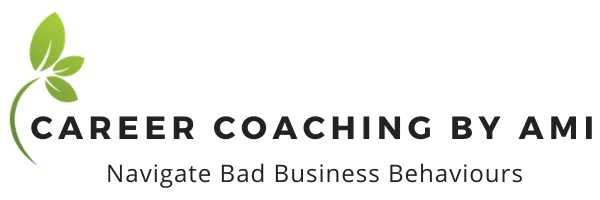Curating vs Creating Learning Experiences
You’ve just been asked to develop a learning program for your company. And that means you’re about to confront one of the most profound questions posed to people who are tasked with creating learning opportunities.
Curate or create?
If you’re like many learning professionals, you’ll likely start with creation. Shooting your own videos with your own SME; commissioning custom-made animation; writing an entire e-learning or micro-learning course that covers everything from objectives to outcomes.
Of course, this is an enormous amount of work but many learning and development professionals swear by a build-it-from-scratch approach. After all, you know your organization and the people who work within it better than anyone. Who best to design a learning program from the ground up?
The reality is that not every learning professional has the time, resources or – quite frankly – the expertise to create top-notch programs. You must keep in mind that the audience for these programs is made up of fairly sophisticated information consumers who are constantly exposed to content built on the highest production values. If you can’t compete on that level, then your homemade learning program could be doomed from the start.
But what is the alternative to creating from scratch? This is where curation comes in.
Rather than re-inventing the learning wheel, you undergo a methodical scan of what is available on the open market. There is a ton of great learning content from firms with long track records in helping people learn new skills and behaviours. Many of these firms offer standard, off-the-shelf solutions or the opportunity to upgrade to more customized programs (similar to Ezra’s own coaching app).
If your goal is to provide the best learning experience, then you owe it to yourself to consider all the existing pathways for effective knowledge and information exchange.
That having been said, curation is no easy task.
Filtering through all the existing sources of information – book summaries, research studies, video interviews, podcasts, articles and entire learning programs – can be an enormous challenge unto itself. How big a challenge? Did you know that every second of every day there are:
1039 Instagram photos uploaded
9271 Tweets sent
87,365 YouTube videos viewed
88,250 Google searches performed
3 million emails sent
Fortunately, curation is a tried and true way to get a handle on both the volume and frequency of information available today. And the good news is that you already have quite a bit of experience curating content for your personal lives.
Think about the platforms you use to track your shopping preferences or apps that you use to find new movies, television shows or music that meets your personal tastes. Technology has become quite adept at offering us suggestions based on a thoughtful analysis of our previous consumption of all these things. This is technology curating everything from streaming service content to new product information, to improve our lives.
If content curation has already taken on an important role in our lives outside work, it seems to make sense to incorporate similar approaches to guide our efforts to learn in the workplace.
High demand for just-in-time learning
There’s an increasing demand to offer people information when they need it. The pace at which the learning industry is evolving is moving so fast that by the time you create a bespoke learning modality, it may not meet the needs of your learner on time. Imagine all the effort you spent and for it to fall flat and not have the desired impact because your development framework just fell behind while you were still creating it.
While curating content is no simple feat, it can help you get content to the learners quicker if done properly. I find it’s a more agile approach that you can incorporate into your L&D strategy to balance your content creation work.
How to curate learning content
The whole word “curate” may intimidate some people and feel like an onerous process to properly sort information for learning programs. In fact, curation involves a series of best practices that anyone can easily master.
Search, collect and gather information from multiple sources related to your learning objectives. Do your research and know what’s in the market.
Sort what’s useful and what’s not to meet the learners’ needs. Spend time to vet your sources to ensure that they are legitimate and reliable.
Organize and Synthesize. Systematically arrange the content in a logical manner. And combine content pieces that will be meaningful to the learner.
Tie the content to the learners’ needs, learning goals, and practical workplace contexts. This could be aligning the content to the company’s leadership competencies or overall strategy.
Tagging is essential to facilitate ease of access to the content by the user. This also helps you maintain the content library and continue to improve the structure of the content library. You may need to archive or restructure the content to accommodate learning needs.
Provide additional information to help the learner better understand and consume the information. Think about what you need to do to increase your users’ engagement with the content. Reflect on the best channels to share content so that it’s accessible.
Seek Feedback. Insights from learners will help you to make adjustments on form or topical content. Remember, when curating, it’s important to consistently validate that the content is topical and from a reliable source.
Content curation is often misrepresented as a menial task. In reality, effective curation is a core skill for L&D professionals. If you want a holistic L&D strategy, it’s essential to incorporate content curation into your learning design.
Your organization will be better positioned to add specific trends and data, which can supplement your existing L&D programs. Better information always leads to better learning outcomes. Curation is the best way of getting that better information.
Originally published at Ezra Coaching
